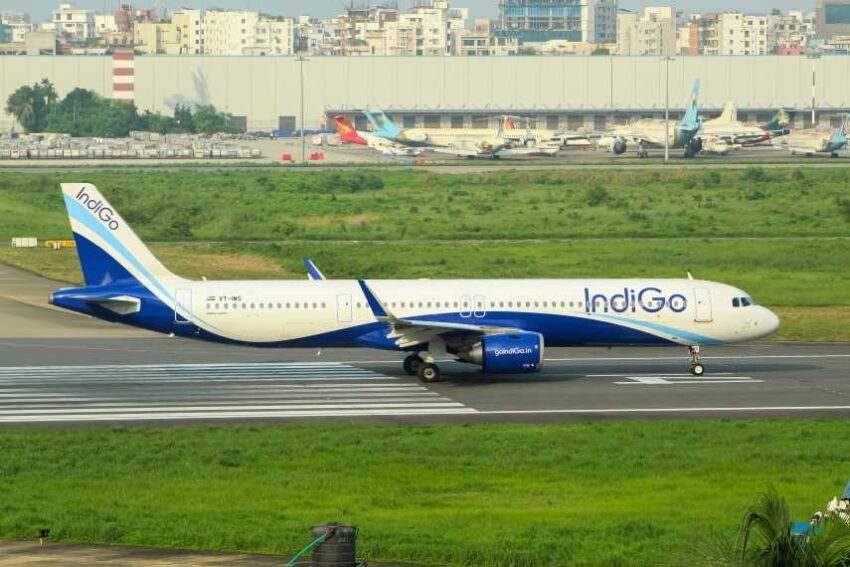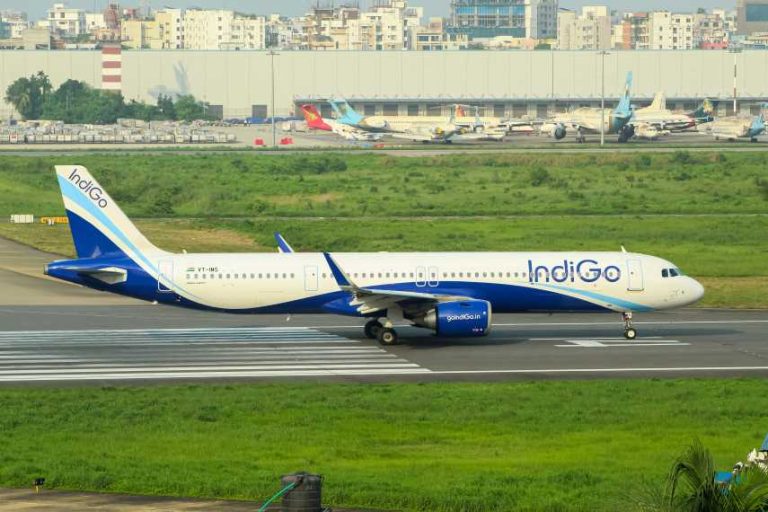Published on
August 13, 2025

As India’s largest airline by market share, IndiGo has been ramping up its non-metro route network, concentrating on direct links for Tier 2 and Tier 3 cities. This comes as the airline seeks to bolster its position within the domestic market due to increasing competition from carriers such as the Air India Group. Under the airline’s aggressive expansion into smaller non-metro markets, more than 113 city pairs have seen the addition of 247 one-way routes in recent months. This initiative is expected to bolster point-to-point demand and position the airline competitively.
This action also addresses the increasing need for direct air services to smaller cities, which are viewed as vital to India’s expanding aviation market. Beyond the six major metro airports of New Delhi, Mumbai, Bengaluru, Chennai, Hyderabad, and Kolkata, IndiGo operated a significantly expanded non-metro schedule in the week of July 14-21, 2025. This non-metro focus is a major part of the airline’s efforts to diversify and strengthen its presence across the country.
IndiGo’s Non-Metro Expansion Strategy
IndiGo is vying to expand penetration into non-metro markets, which include towns and cities surrounding Ahmedabad and Pune, to enhance direct flight connections. As aviation expert Ravreet Singh indicated, this expansion and growth in service will greatly aid the airline’s growth and supremacy as the leading air service provider in the Indian Market.
As of now, IndiGo operates a total of 247 one-way routes and 113 city pair routes, which have a staggering 1,677 weekly services. IndiGo’s integration of the ATR-72 aircraft for shorter, regional routes and the A320/A321 for longer routes has significantly increased service frequencies, which have been greatly hampered by the focus on metro-to-metro connections servicing.
Currently, the A320/A321 fleets service 157 routes and provide 1,091 weekly flights, providing a total of 212,400 seats. On the other hand, the ATR-72 is operating 90 routes, providing 586 weekly flights and a total of 45,700 seats. The ATR-72s are operating at high ROW, which is essential for growth in non-metro areas.
Primary Areas of Focus in IndiGo’s Non-Metro Network
In the non-metro segment of IndiGo’s network, two cities stand out as primary hubs: Ahmedabad and Pune. IndiGo’s non-metro hubs airline is serving over 26 routes from Ahmedabad, and it is scheduled to have more than 209 weekly flights. Pune, another important hub, follows closely with 24 routes and approximately 178 weekly flights. These are critical cities as far as the airline’s strategy is concerned because they act as central connecting points to the large number of regional cities across the country.
For the airline, these hubs are more than just about maximizing the number of routes served because the competitive market is more crowded than it previously was. The airline is reinforcing its non-metro network in order to defend its market leadership position and to combat rivals who have shifted their focus to competing for non-metro areas.
Risks and Challenges of Expanding to Non-Metro Areas
In the case of IndiGo, the non-metro expansion avenues offer large opportunities for growth, and they simultaneously present risks. 38% of routes in the non-metro area have less than a daily flight, meaning the market is still in its infancy. Such reduced frequency makes these routes susceptible to competitive airline entry, especially with the attention that regional players such as the Air India Group and other regional airlines have been paying to the emerging market.
Non-metro routes typically have lower revenue than high-density metro routes. Since these routes meet demand almost exclusively via point-to-point traffic and lack feeder traffic, profitability hinges on capacity management, operating cost control, and sustaining market share. For IndiGo, achieving a balance between expansion and market stability is important for the non-metro strategy’s long-term success.
The success of IndiGo’s non-metro services will depend on how well the airline manages capacity and operational efficiency. Operating risks will be offset since the airline emphasizes cost management, efficiency, and response to demand for flights, including scaling back on under-performing routes.
Schedule Frequencies and Competitive Position
IndiGo’s non-metro route network shows a unique frequency distribution. A small subset of these routes is high frequency: 12 routes (6 city pairs) have more than 14 flights per week. In addition, 10 routes (5 city pairs) have exactly 14 flights weekly. Furthermore, 8 city pairs are in the mid-frequency tier with between 8 and 13 flights per week.
Still, most of the network consists of 114 routes (57 city pairs) with precisely 7 flights per week. Of these, 76 routes are serviced by A320/A321 aircraft, while the remaining 38 routes use ATR-72 aircraft. Another 94 routes (47 city pairs) with operational routes that are less than daily.
Conclusion
For the airline, the shift made by IndiGo into non-metro routes marks an instrumental move in strengthening its domestic footprint while responding to the growing demand in emerging, smaller cities. Although the airline is challenged by factors relating to route frequency and profitability, its primary focus on cities like Ahmedabad and Pune as hub focal points helps ensure that it is able to remain competitive alongside other airlines.
By expanding the non-metro network, the airline is diversifying its route network, positioning itself to consolidate dominance over an important segment of the Indian aviation market. With good control of the other variables of capacity and frequency, combined with operational cost effectiveness, IndiGo is set to achieve the growing future requirements of regional air travel while remaining the market’s low-cost leader.
(Source: August 2025, IndiGo Airlines, Government of India, Ministry of Civil Aviation)




